The rhythmic dance of life begins long before a heartbeat emerges. In the silent darkness of embryonic development, chemical waves pulse through forming tissues with the precision of a Swiss watch. These biological oscillators—self-organizing molecular networks that generate periodic signals—serve as nature's timekeepers, orchestrating the intricate choreography of cells during an organism's earliest stages.
Recent breakthroughs in developmental biology have unveiled how these biochemical clocks govern everything from vertebrate segmentation to limb bud formation. Unlike the rigid ticking of a mechanical clock, biological oscillators exhibit remarkable plasticity, adapting their tempo to environmental conditions while maintaining robust synchronization across growing tissues. This dynamic timing mechanism represents one of evolution's most elegant solutions to the problem of large-scale pattern formation.
The discovery of the segmentation clock in chick embryos marked a watershed moment for developmental biology. Researchers observed cyclic expression of specific genes along the embryonic axis, appearing like waves crashing at regular intervals. These oscillations—occurring approximately every 90 minutes—direct the formation of somites, the precursor blocks that give rise to vertebrae and skeletal muscles. Subsequent studies revealed similar molecular oscillators in zebrafish, mice, and humans, suggesting an ancient and conserved timing mechanism.
What makes these biological oscillators extraordinary is their ability to maintain synchrony across expanding cell populations. As an embryo grows, newly formed cells must immediately "listen" to the rhythmic cues and join the coordinated pulsation. This requires sophisticated coupling mechanisms where cells communicate through signaling molecules like Notch and FGF, creating what scientists describe as a "tissue-scale metronome." Disruptions in this synchronization lead to developmental abnormalities, highlighting the precision required for proper embryogenesis.
Chemical waves represent another fascinating aspect of developmental timing. Unlike simple oscillators that produce uniform pulses, some embryonic regions generate traveling waves of molecular activity. The progress zone in limb development, for instance, exhibits a wavefront of FGF signaling that sweeps across the tissue, determining digit formation. Researchers have captured these waves using advanced fluorescence microscopy, revealing stunning spatiotemporal patterns reminiscent of swirling galaxies.
The physical constraints of wave propagation impose fundamental limits on embryonic growth. Mathematical modeling suggests that chemical waves cannot travel infinitely fast through tissues—their speed depends on molecular diffusion rates and cellular response times. This explains why larger embryos often develop more slowly than smaller ones, and why certain developmental events must occur in strict sequence. Nature has evolved these wave-based mechanisms precisely because they provide reliable timing over millimeter-scale distances.
Temperature compensation presents one of the most puzzling features of biological oscillators. While chemical reactions typically accelerate with warmth, developmental clocks maintain near-constant periods across physiological temperature ranges. This counterintuitive stability emerges from intricate feedback loops where opposing biochemical processes cancel out temperature effects. Some species even exploit temperature sensitivity deliberately—certain reptilian embryos use thermal oscillations to determine sex, demonstrating how evolution repurposes timing mechanisms for multiple functions.
Modern techniques like optogenetics now allow scientists to manipulate these oscillators with light pulses. By artificially speeding up or slowing down the segmentation clock in zebrafish embryos, researchers have demonstrated direct causality between oscillator frequency and body segmentation. Such experiments reveal the deep connection between timekeeping and morphology—the clock doesn't merely accompany development but actively shapes anatomical outcomes.
The medical implications of understanding biological oscillators are profound. Many birth defects originate from mistimed developmental events, while some cancers reactivate embryonic timing programs. Researchers speculate that harnessing our knowledge of these systems could lead to revolutionary approaches in regenerative medicine—perhaps one day allowing us to "reclock" healing processes or engineer tissues with perfect timing.
As we peer deeper into the molecular workings of developmental clocks, we find increasing evidence that biological timekeeping operates at multiple scales. From rapid calcium oscillations in individual cells to slow, sweeping waves across entire organs, nature employs a symphony of timing mechanisms. These discoveries blur the line between traditional concepts of clocks and the fluid dynamics of living systems, challenging us to rethink fundamental notions of time in biological contexts.
What began as curious observations of rhythmic gene expression has blossomed into a rich field revealing life's intrinsic pulsations. The study of biological oscillators continues to uncover astonishing complexity beneath development's apparent simplicity, reminding us that even the most sophisticated human-made clocks pale in comparison to nature's original timepieces.

By /Jul 3, 2025
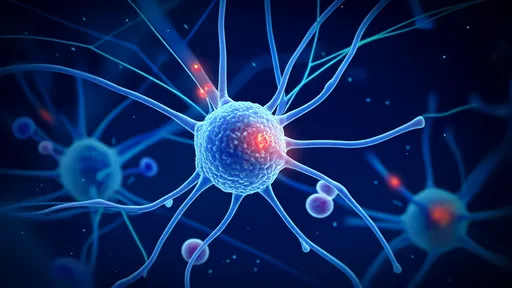
By /Jul 3, 2025
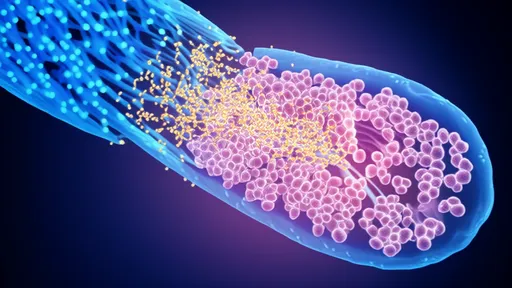
By /Jul 3, 2025
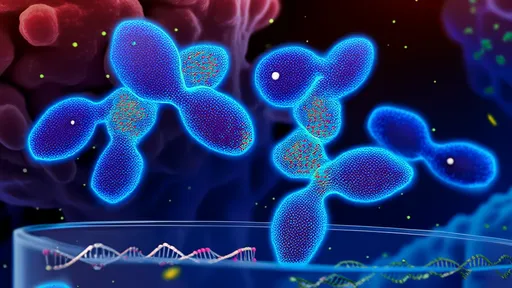
By /Jul 3, 2025

By /Jul 3, 2025
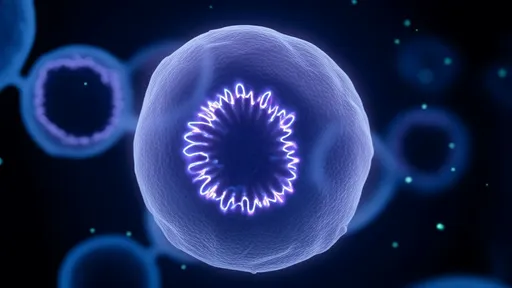
By /Jul 3, 2025
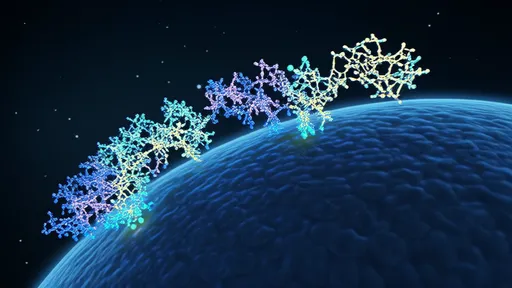
By /Jul 3, 2025
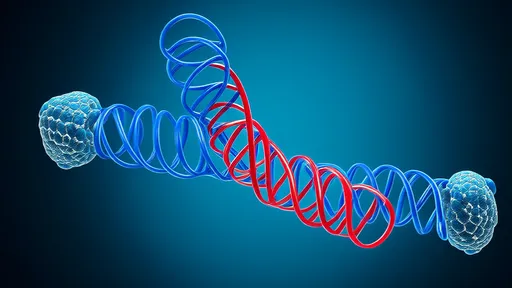
By /Jul 3, 2025

By /Jul 3, 2025
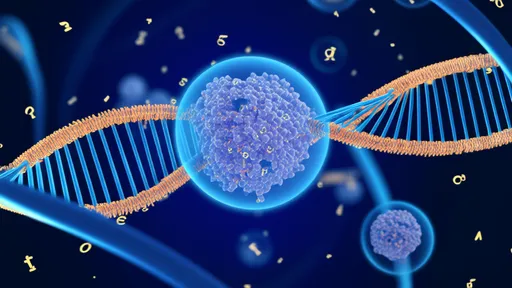
By /Jul 3, 2025

By /Jul 3, 2025

By /Jul 3, 2025

By /Jul 3, 2025

By /Jul 3, 2025
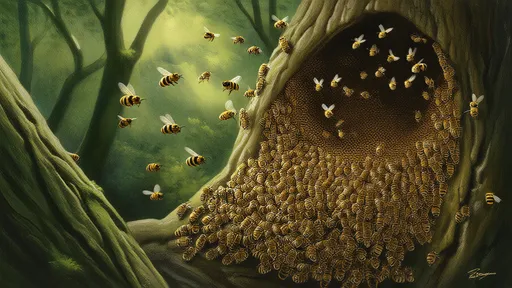
By /Jul 3, 2025
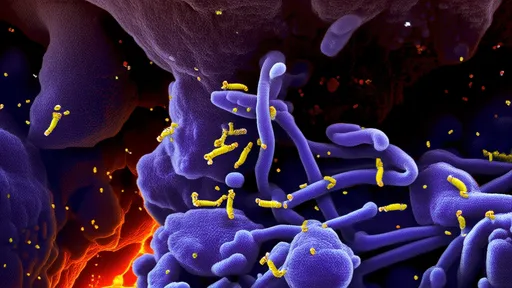
By /Jul 3, 2025
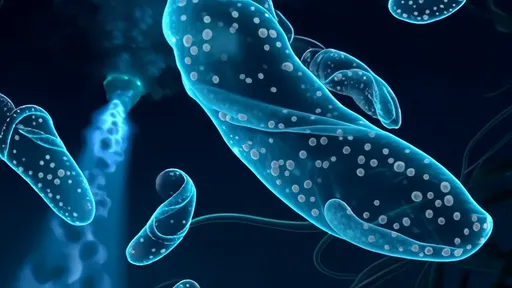
By /Jul 3, 2025

By /Jul 3, 2025